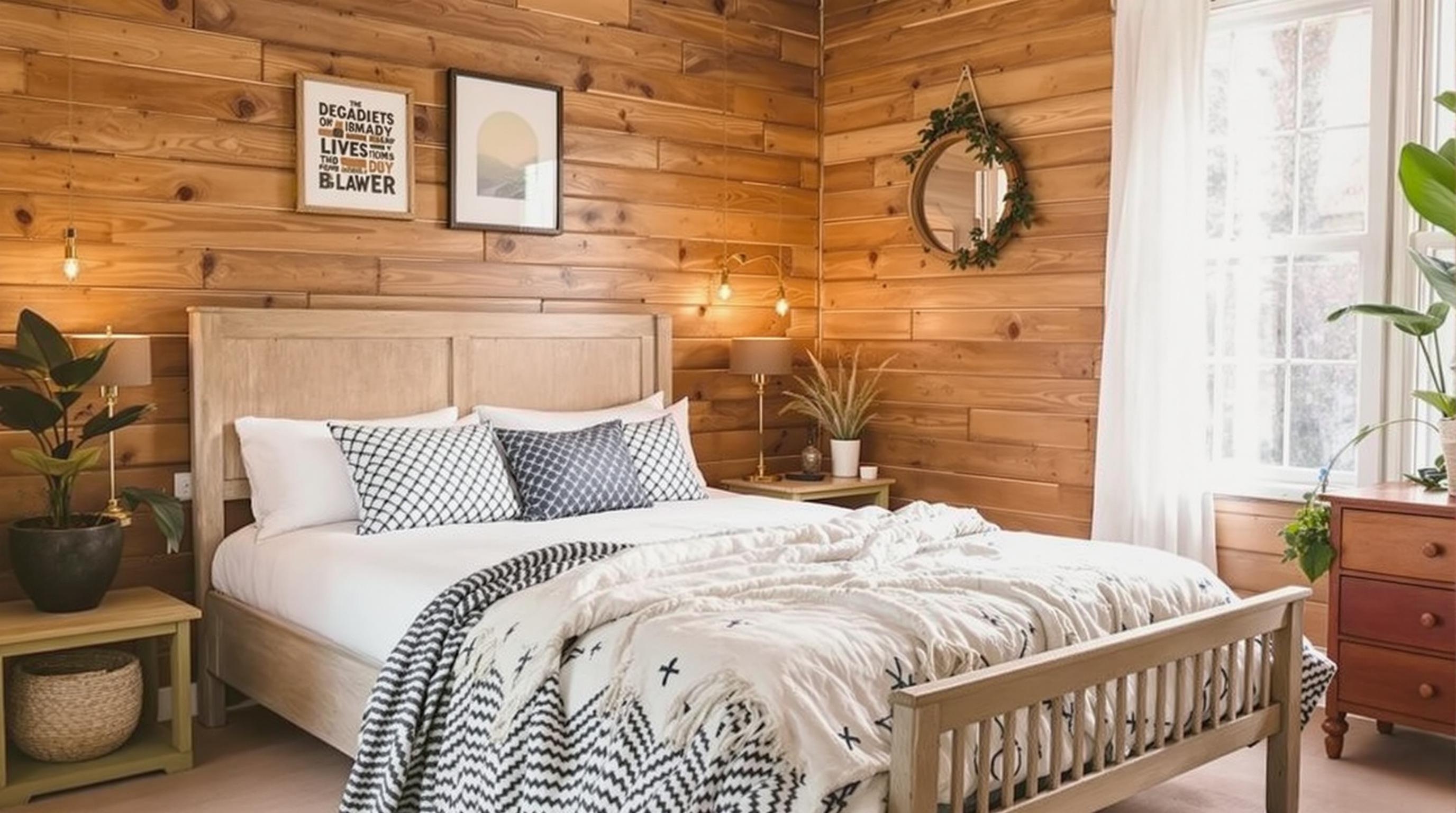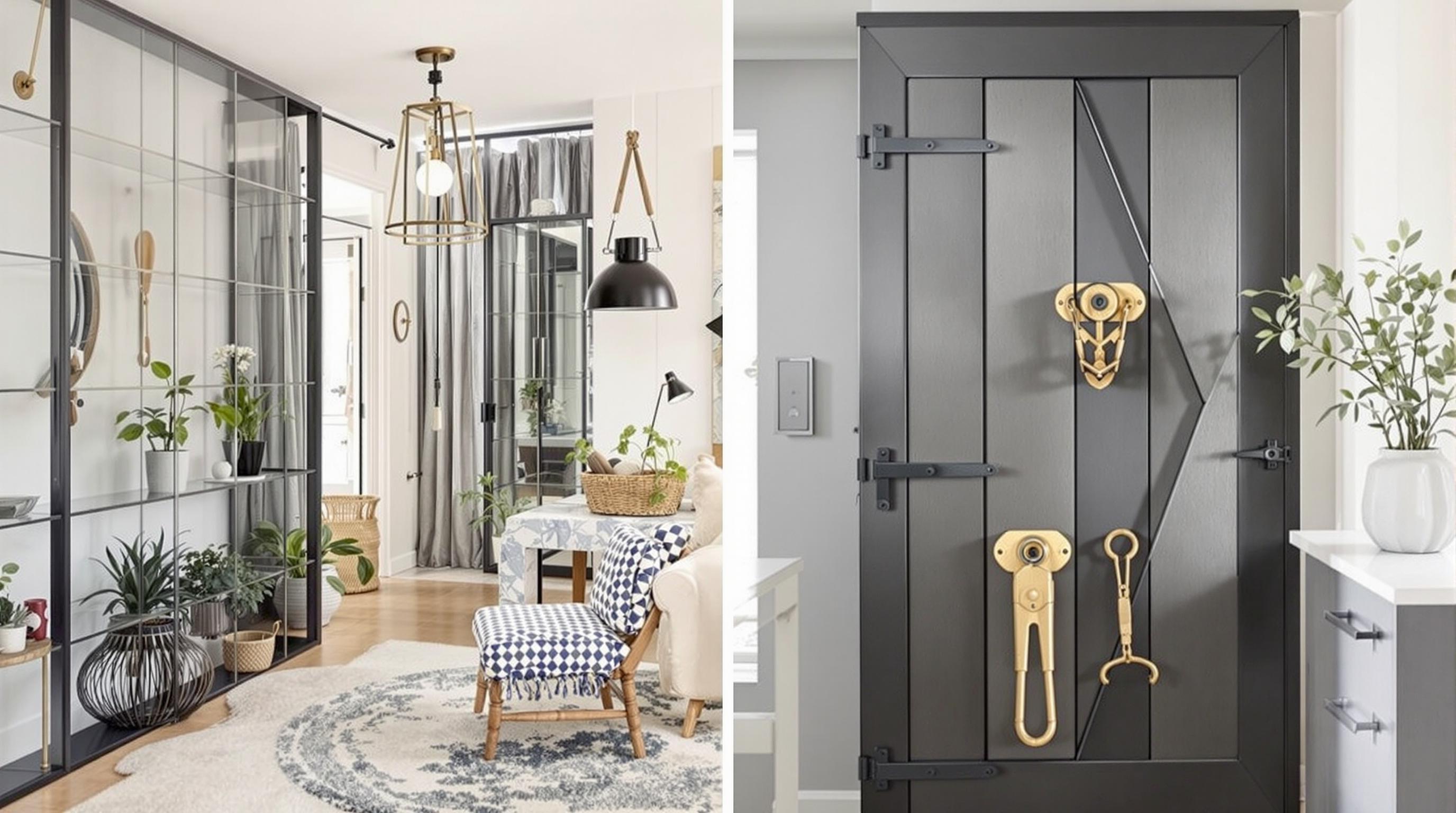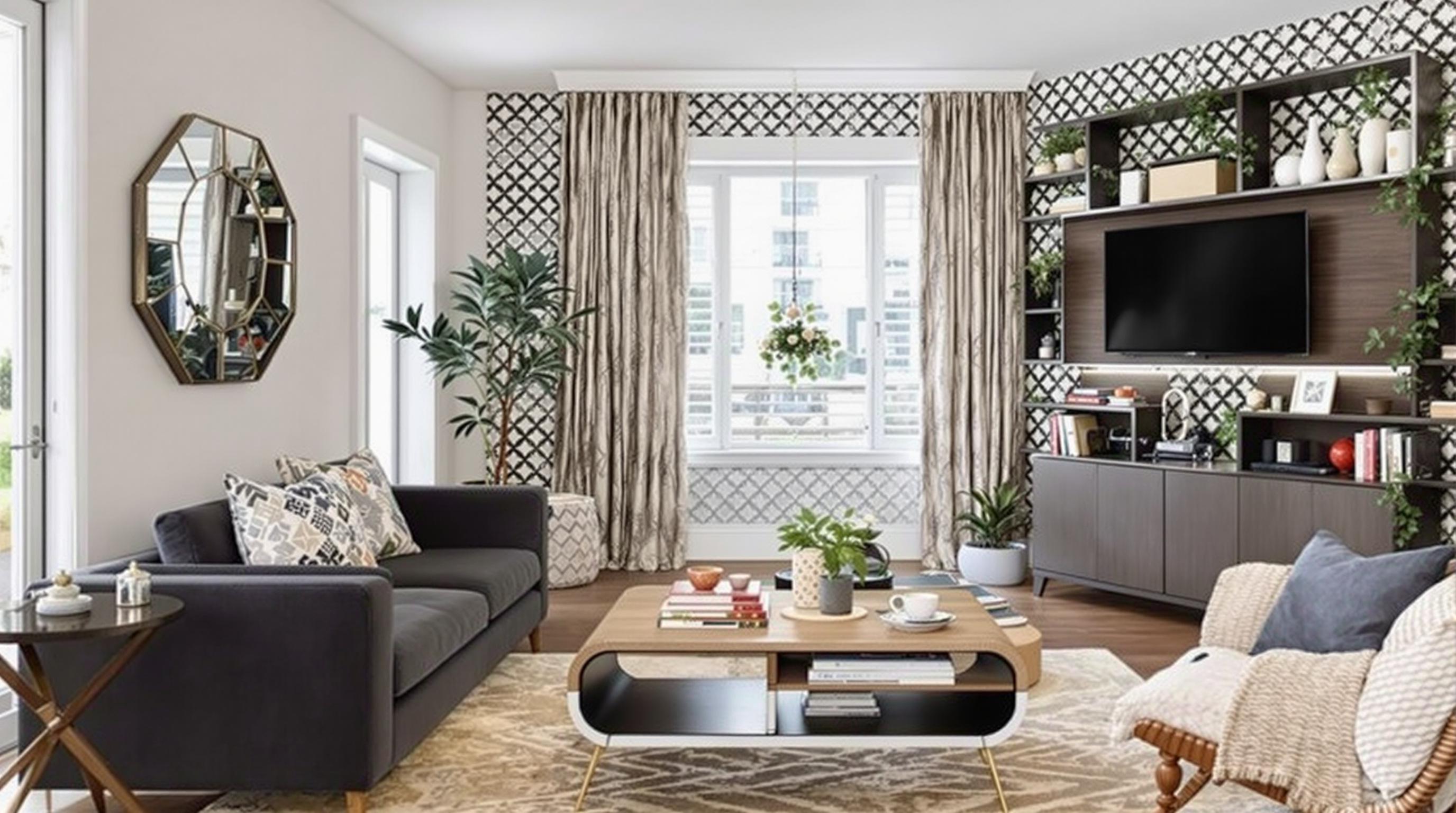Related Articles
- The Hidden Influence of Ergonomics: How Tool Design Shapes Our Physical Spaces and Daily Lives
- The Silent Influence: How Hidden Home Implements Shape Our Daily Routines and Spaces
- The Counterintuitive Role of Chaos: How Messy Tool Storage Can Lead to Unexpected Home Innovations
- Exploring the Unseen: How Audio Experiences Shape the Art of Domestic Spaces and Color Perception
- Rethinking the Mundane: How Everyday Objects are Becoming the Canvas for Modern Artistic Expression in Home Spaces
- Cultivating Chaos: The Surprising Benefits of Embracing Weeds in Your Garden Ecosystem
11 Little-Known DIY Renovation Strategies to Enhance Your Home's Energy Efficiency and Create a Healthier Living Environment
11 Little-Known DIY Renovation Strategies to Enhance Your Home's Energy Efficiency and Create a Healthier Living Environment
11 Little-Known DIY Renovation Strategies to Enhance Your Home's Energy Efficiency and Create a Healthier Living Environment
1. Upgrade Your Insulation
One of the most effective ways to enhance energy efficiency is to upgrade your home’s insulation. Many homes, especially older ones, lack adequate insulation, leading to significant energy loss. By adding insulation in your attic, walls, and even floors, you can reduce heating and cooling costs.
Using materials like fiberglass, cellulose, or spray foam can create a tighter seal in your home. It helps to maintain a consistent temperature, which is vital for comfort and reduces the reliance on heating and cooling systems. A well-insulated home can save you up to 20% on your energy bill according to the U.S. Department of Energy.
Consider DIY insulation strategies such as weather stripping and caulking around windows and doors to prevent drafts, making this an accessible, cost-effective upgrade.
2. Install Energy-Efficient Windows
Replacing old windows with energy-efficient models is a transformative renovation strategy. Look for double or triple-pane windows with Low-E coatings, which can block heat from the sun while still allowing natural light into your home. Although this might appear as a large upfront cost, energy-efficient windows can provide long-term savings on energy bills.
For those who may not be ready to replace windows entirely, consider adding window films or coverings that provide insulation and UV protection, enhancing comfort while protecting your belongings from fading.
Just remember that proper installation is crucial; even the best windows can underperform if not fitted correctly. A DIY approach may require expert guidance or online resources to ensure you’re executing the process correctly.
3. Invest in Smart Thermostats
Smart thermostats are increasingly popular amongst homeowners looking to boost energy efficiency. These devices adapt to your schedule and preferences, optimizing heating and cooling to suit your lifestyle. Many models can be controlled remotely via smartphone apps, allowing you to make changes away from home.
Implementing a smart thermostat can help reduce energy waste by adjusting temperatures during hours when you’re not at home or during the night. Studies have shown that households can save an average of 10-12% on heating and cooling costs through smart thermostat technology.
The installation process is relatively straightforward for most DIY enthusiasts, often requiring only basic tools. Just be sure to follow the manufacturer’s instructions to connect to your existing HVAC system.
4. Create Natural Ventilation
Enhancing natural ventilation can significantly impact indoor air quality and energy consumption. By strategically using windows, vents, and fans, you can create cross-breezes that cool your home without reliance on air conditioning. This is particularly effective in climates where temperatures drop at night.
Consider adding features like operable windows or ceiling fans that can aid in air circulation. Placing plants near your windows can also improve air quality while helping to cool your home. Plants like snake plants and peace lilies are known for their air-purifying properties.
Homeowners can utilize DIY strategies to create more openings for ventilation or to enhance airflow through existing structures, thus fostering a healthier and more comfortable living environment.
5. Use Sustainable Flooring Options
The flooring you choose has a direct impact on both energy efficiency and your health. Opting for sustainable materials such as bamboo, cork, or reclaimed wood not only reduces your environmental footprint but also enhances indoor air quality. Many traditional flooring options can release volatile organic compounds (VOCs) into the air, leading to unhealthy living conditions.
DIY installation of sustainable flooring can be rewarding and add a personal touch to your space. Many materials, such as cork or bamboo, come in interlocking forms that allow for a straightforward installation technique, making it manageable even for novice DIYers.
Moreover, these materials often provide better insulation properties compared to traditional flooring, further contributing to energy efficiency.
6. Seal Your Ductwork
Leaky ductwork can account for a significant portion of energy loss in a home. By sealing ducts, you can improve your HVAC system's efficiency and ensure that conditioned air reaches its intended destination. Checking for leaks and sealing them with mastic or foil tape is a simple DIY task that can yield remarkable savings.
Many homeowners overlook ductwork until they notice a spike in energy bills, but preventative maintenance can help maintain efficiency. Using a duct blaster can help identify leaks you may not notice visually.
Sealing your ducts enhances not only energy use but also indoor air quality, ensuring that allergens, dust, and other pollutants are not being circulated throughout your home.
7. Install Low-Flow Water Fixtures
Water-saving fixtures can drastically reduce household water consumption without sacrificing comfort. Replacing old faucets, showerheads, and toilets with low-flow models can reduce water usage up to 60%, making this an excellent DIY project. These fixtures are designed to maintain pressure while minimizing water flow, saving both water and the energy needed to heat it.
Consider models with the WaterSense label, which indicates they meet specific efficiency and performance criteria. Many low-flow fixtures are easy to install and do not require plumbing expertise.
By implementing low-flow water fixtures, homeowners can enjoy both environmental and financial benefits, ultimately leading to a healthier and more sustainable home environment.
8. Implement LED Lighting
Switching to LED lighting can have a transformative effect on your home’s energy efficiency. LEDs consume significantly less energy than traditional incandescent bulbs and last much longer, making them a wise investment. Over time, homeowners can save up to 80% on lighting costs.
Moreover, LEDs produce less heat, reducing the burden on your air conditioning system during warmer months. For those looking to enhance the aesthetic of their space, LEDs come in various designs and color temperatures, allowing for customization.
Many LED bulbs are straightforward to install, making this project ideal for DIY enthusiasts. Making the switch is a small change that can lead to significant results, both in terms of energy savings and healthier air quality.
9. Optimize Appliance Use
Energy-efficient appliances are a key component of reducing energy consumption in the home. When possible, consider replacing older appliances with Energy Star-rated models that meet strict efficiency criteria. Energy-efficient appliances use less energy and water, providing savings on monthly bills.
Beyond upgrading, it’s also essential to optimize your existing appliances usage. For instance, running your dishwasher and washing machine during off-peak hours can reduce energy costs. Additionally, always ensure they’re fully loaded before use to maximize efficiency.
Encouragingly, many energy-efficient appliances offer straightforward installation processes, making it feasible for DIY individuals to invest in a more sustainable lifestyle.
10. Incorporate House Plants
Bringing nature into your home through indoor house plants can enhance the air quality and promote a healthier living environment. Plants naturally absorb carbon dioxide and release oxygen, creating a better atmosphere for your family. Options like spider plants, pothos, and ferns are particularly effective at removing toxins from the air.
In addition to their air-purifying properties, house plants add aesthetic appeal to your home, transforming any space into a more welcoming environment. Research shows that the presence of greenery can reduce stress and improve mood at home.
The best part is that incorporating house plants doesn’t require extensive renovations or installations. A simple DIY project can involve creating a green corner in your living area or incorporating plant shelves throughout your home.
11. Utilize Roof Space for Energy Production
Utilizing roof space for solar panels is an excellent way to produce renewable energy and reduce reliance on non-renewable resources. While solar maintenance requires some knowledge, many homeowners opt for DIY solar kits that simplify the installation process, making it more attainable for average homeowners.
Installing solar panels can significantly reduce or even eliminate electricity bills, providing long-term savings and a smaller carbon footprint. Additionally, some states offer incentives and tax rebates for homeowners who install solar, making this investment even more appealing.
For those unable to install solar panels, consider other installations such as a green roof, which provides insulation benefits and contributes to biodiversity while enhancing thermal efficiency.




